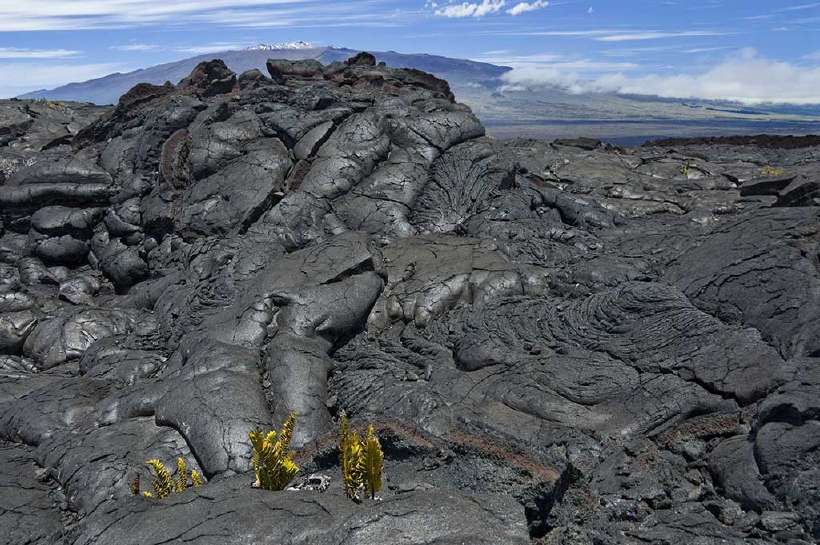Rocky Planet of Fire and Ice
Home / Science for Kids / Planet Earth for Kids / Rocky Planet of Fire and Ice
Would you believe it? The soft sand that we sink into on the beach is actually rock? Sand is what a rock becomes after years of being worn down by rivers. Years of sea waves crashing against huge rocks and cliffs makes rocks break into small particles. And ultimately, they end up as sand. The colours of sands — yellow, red, grey, black — depend on the kind of rock it comes from. Sometimes desert sand is carried by winds across great distances, to seasides, increasing the amount of sand in the sea.

The earth has more than 600 active volcanoes. Many of them are to be found on what is called the ‘Ring of Fire’ on land and under water around the Pacific Ocean. The largest active volcano on the Earth today is the Mauna Loa, which is about 4168 metres (13,677 feet) high. It is on the Hawaiian islands. One volcanic explosion in Mauna Loa lasted for more than a year. Among the other volcanic areas in the world are Indonesia and Iceland. While the former has more than 600 of them, the latter boasts of having about 200 volcanoes. Many people have died due to volcanic eruptions. It is believed that the ancient city of Pompeii was destroyed completely because of a volcanic eruption. If volcanoes are so destructive, why do people live near them, one might ask. That’s because the ash that covers the land after a volcanic explosion makes the land very fertile. So people are prepared to take the risk.
Earthquakes, too, can happen on land or under the seas. Most of the earthquakes also occur in the area known as the “ring of fire” that encircles the Pacific Ocean. Turkey, which had a terrible earthquake last year, falls in this earthquake prone area. A large part of the Himalayan region, too, falls in the earthquake zone. Two major earthquakes in the 1990s prove this fact. However, it is not as if we get to know about all earthquakes. Many vibrations of the Earth’s crust are so tiny that they escape our notice. We only get to know about the large earthquakes. It is said that almost a million earthquakes occur in one year. Of these, a large earthquake occurs every two weeks under the sea.
One-tenth of the Earth’s surface is always under the cover of ice. And almost 90 per cent of that ice is to be found in the continent of Antarctica. The remaining 10 per cent is found on the mountains in the form of glaciers. Imagine, the ice sheet that covers Antarctica is almost one-and-a-half times the size of America. And the only creatures that live on Antarctica all year round, are insects.
Antarctica, too, has one active volcano. It is called Mt. Erebus and it emits steam and gives out ash even though it is in a snowy region.
506 words |
5 minutes
Readability:
Grade 6 (11-12 year old children)
Based on Flesch–Kincaid readability scores
Filed under: planet earth
Tags: #volcanoes, #antarctica, #explosion, #mountains, #pacific
You may also be interested in these:
The Hot and Sizzling Volcano
Buried under a Garbage Mountain
A Beautiful Ship in the Sky
The Flower Girls of the Mountains
The Tiger and the Dried Persimmons